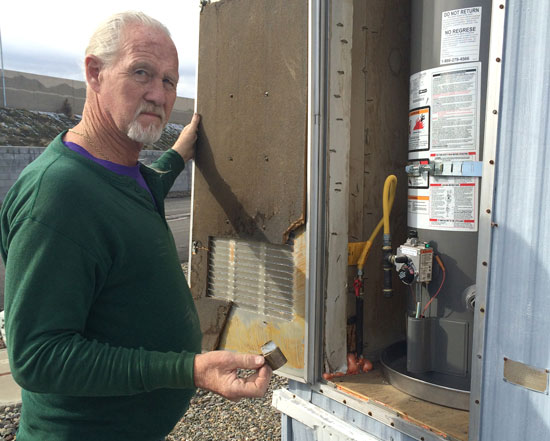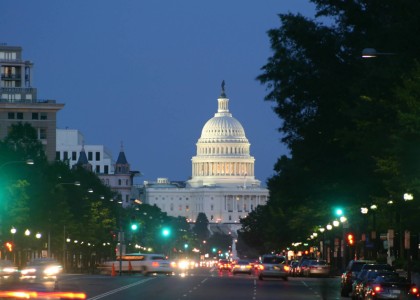Residents and businesses across the country are saving energy and money thanks to smart state policies. Their stories help explain why some states climbed in our 2017 State Scorecard or maintained strong standings. This year for the first time, we included stories of individuals and communities in our state-specific score sheets. We found schools that improved lighting and taught students about sustainability, state facilities that secured more reliable electricity, and senior citizens who improved the comfort of their homes. These stories demonstrate the impact of energy efficiency policies and programs on our wallets, local economies, productivity, and quality of life.
Schools
Idaho was one of the most-improved states in the 2017 Scorecard, partly because utilities have increased spending on energy efficiency. In late 2016 the University of Idaho leveraged a utility rebate to convert more than 66,000 fluorescent lights to more-efficient LEDs (light emitting diodes). The program employed 22 students and installed higher-quality lights that minimize ultraviolet radiation and reduce the university’s carbon footprint. The project is expected to save the university more than $355,000 annually and reduce energy use by 5.6 million kilowatt hours. It had a side benefit as well. It showed Peter Handel, a student employed by the project, the value of energy efficiency and sparked his longer-term interest in the field.
Similarly, in southwest Oregon, the Medford School District used Energy Trust of Oregon incentives and services to upgrade lights, renovate and construct energy-efficient school buildings, and improve occupant energy consumption practices. The school district used this program as a tool for teaching students about saving energy.
Homes
Another impressive story occurred in Kentucky, where the Ivy Knolls Senior Living Community replaced lighting and made energy efficiency upgrades to its elevator and heating and cooling system. The Ivy Knolls project was the first in the state to leverage Property Assessed Clean Energy (PACE) financing, which the Kentucky legislature enabled in 2015. Ray Schneider, the president of Ivy Knolls, was excited to improve resident comfort, reduce energy use by 37%, and save more than $12,000 annually.
In Nevada, homeowner Michael Jones replaced his windows and insulation through that state’s Home Energy Retrofit Opportunities for Seniors (H.E.R.O.S.) program. Now when his area gets windy, his house no longer rattles and he sleeps better at night.
Public Buildings
Illinois also rose in this year’s State Scorecard rankings, in part because of its Public Sector Combined Heat and Power (CHP) pilot program. In 2017 the state brought three CHP plants online. One of these systems replaced a 50-year-old coal and natural gas plant at Argonne National Lab and will supply 20% of the lab’s electricity and 80% of its steam heat. This plant has provided a more-secure power supply for sensitive experiments and will save the lab more than $52 million over 15 years. Another CHP plant at the Glenbard Wastewater Treatment Plant has already begun to save energy and reduce operating costs.
Delaware is another state that has led by example in reducing energy use in public facilities. In 2017, as the result of an executive order charging state agencies to lead on sustainability, a 146-year-old agency building became the first Delaware-owned building to become LEED certified in the category of Existing Buildings: Operation and Maintenance. It has reduced energy use by 40%.
These are just a few of the stories that show how energy efficiency has served people and businesses. From farms to firehouses, airports to art museums, and houses to hospitals, it makes buildings more affordable to operate, easier to maintain, and more pleasant to occupy. By enacting energy efficiency policies and investing in efficiency programs, states can deliver this value to their citizens. Want to hear more stories about what your state is doing? Get started by checking out our State Scorecard 2017 score sheets





